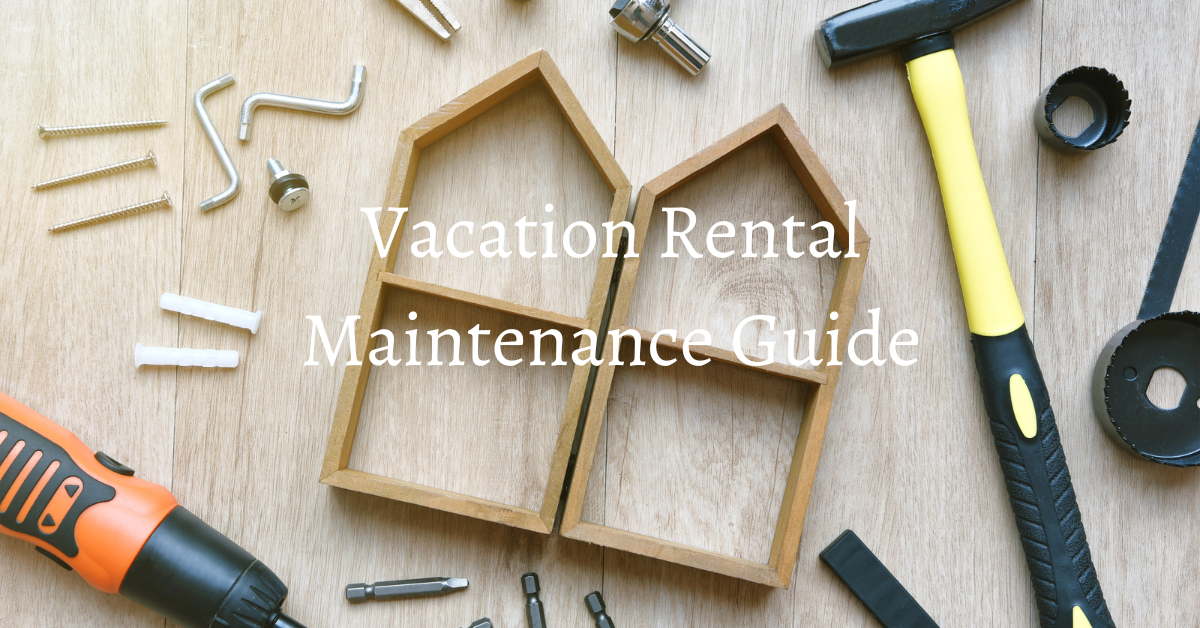Winter Photography Tips
Posted on 12/29/2022 in Uncategorized.

Do you want to take pictures of the beautiful white snowy sceneries this winter?
Winter photos are beautiful, but it’s often difficult to take proper photos during the cold winter s...
Continue readingVacation Rental Maintenance Guide
Posted on 12/27/2022 in Uncategorized.
When it comes to vacation rental maintenance prevention is better than cure. Major issues can be prevented when scheduled maintenance is planned and followed. Any minor issues should be addressed within a reason...
Continue readingTravel Mistakes to Avoid
Posted on 12/02/2022 in Uncategorized.

Traveling exposes us to different situations that can also end up as learning experiences. It’s part of the fun but there are certain mistakes we can avoid to save our time and money. ...
Continue readingVacation Rentals vs. Hotels: Which is Better?
Posted on 11/29/2022 in Uncategorized.

Vacations are great to make memories, trying new activities, and enjoying beautiful landscapes. Once you’ve planned your trip, and purchased your tickets, you then need to choose a place t...
Continue readingTips for Traveling Alone
Posted on 10/31/2022 in Uncategorized.

Traveling solo can be an exciting experience—but it can also be a bit overwhelming at the same time. Travelers love to go on a trip alone because of the many benefits they can enjoy. ...
Continue readingTips When You Have To Leave Your Pet When You're On Vacation
Posted on 10/31/2022 in Uncategorized.

Once in a while, you may want or need, to de-stress and take a vacation. Although pets are good company on vacation...
Continue reading5 Tips for Planning a Honeymoon
Posted on 09/27/2022 in Uncategorized.

Planning your wedding is one of the most exciting life events. A lot of details need your attention and while it’s a joyful period, it can also be stressful. Following the wedding, many go...
Continue readingThings You Should Consider When Preparing a Travel Budget
Posted on 09/22/2022 in Uncategorized.

Every once in a while you need to take time away to recharge and explore new places! Vacations and trips are essential for a healthy life, as well as creating opportunities to meet new peo...
Continue readingSix Tips to Document Your Vacations in Summit County
Posted on 08/29/2022 in Uncategorized.

An excellent method to ensure that you will always cherish your adventures is to properly document them. When you go back home, you can Continue reading
Tips for Vacations with Your Pets
Posted on 08/29/2022 in Uncategorized.

Are you thinking of bringing your dog on your next trip to Colorado? With property preparation and planning, taking your pets ...
Continue reading test
test

